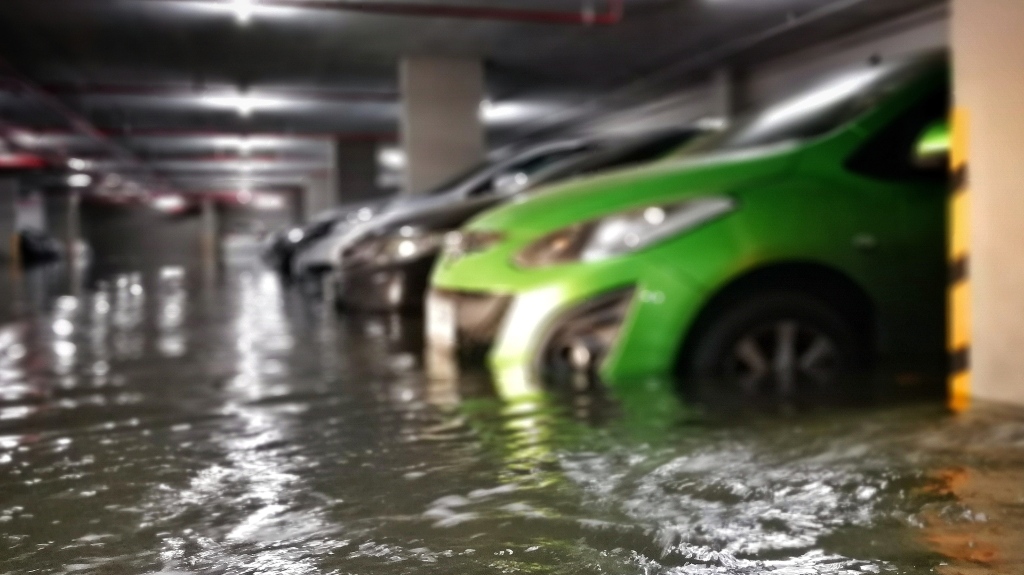Understanding the National Flood Insurance Program (NFIP)

Hurricanes can cause a wide variety of damage across their paths, and not all of them are covered under your home’s hurricane insurance policy. Flooding is one such event and without dedicated flood insurance in place, your home and your belongings can be at risk, even if the flood is the result of the hurricane. The National Flood Insurance Program (NFIP) aims to provide homeowners with the protection they need. Here’s what your Florida hurricane insurance claims attorneys want you to understand about this unique insurance coverage.
What Is the NFIP?
The NFIP is a government program overseen by FEMA that connects homeowners in flood-prone areas to flood insurance providers. The program currently partners with more than 50 insurance companies that issue policies designed to cover damage done to your home, your belongings, and your property during a flood.
The coverage applies to flooding resulting from hurricanes, tropical storms, heavy rains, and other similar weather events.
What’s Covered Under the Policy?
Flood insurance provides protection from water damage for your entire property up to the coverage limits of the policy. This means the policy will help cover the cost of repairs to your basement, subflooring, walls, furniture, collectibles, landscaping, fencing and other similar assets on your property.
Keep in mind that it only covers damage caused by flooding. If your home was damaged by wind or fire during the hurricane, you’ll need to file a claim with your homeowners’ insurance provider.
How Rates Are Determined
As you may expect, the rates you’ll pay for flood insurance will depend on a few factors, and the rate you’re quoted may be different than what your friends or neighbors have to pay for similar coverage. The factors that impact your rates include:
- Your home’s risk: If your home is in a high-risk category for floods, located in a floodplain, or is close to a waterway that may overflow onto your property, you’ll likely pay a higher rate.
- Your home’s value: The more valuable your home is and the more coverage you need to fully protect your home, the more you’ll typically have to pay.
- The insurance provider: Every insurance company is free to require homeowners to pay whatever rates they determine to be fair. This is why it’s a good idea to get quotes from several companies before you choose a policy.
- Your claim history: Filing claims with your insurance provider can result in higher premiums when you renew your coverage.
If you’re worried about prices, the best thing you can do is shop around for coverage. Get quotes from different providers and compare their coverage terms and rates in detail. You may need to switch providers to get a lower rate.
How to File a Claim With NFIP
Though you can explore coverage options and purchase a policy through the NFIP website, you’ll need to file a claim with your insurance provider, not the NFIP. This means you’ll need to contact your insurance agent or your provider’s claims hotline. They’ll be able to guide you through the process and help you initiate the claim.
Keep in mind that it’s a good idea to work with an experienced Florida hurricane insurance claims attorney from the beginning rather than waiting until you experience delays in your claim or receive an unfair settlement. By working with an attorney early on, you’ll have someone you can trust to represent your interests with the insurance provider.
Speak With a Florida Flood Insurance Claims Attorney Today
If your home has been damaged by a flood, don’t wait to get legal help. Contact the team at Parrish Law today. Our team has helped homeowners navigate the insurance claims process across Louisiana and Florida. We’ll help you with everything from filing the claim to appealing an unfair settlement.